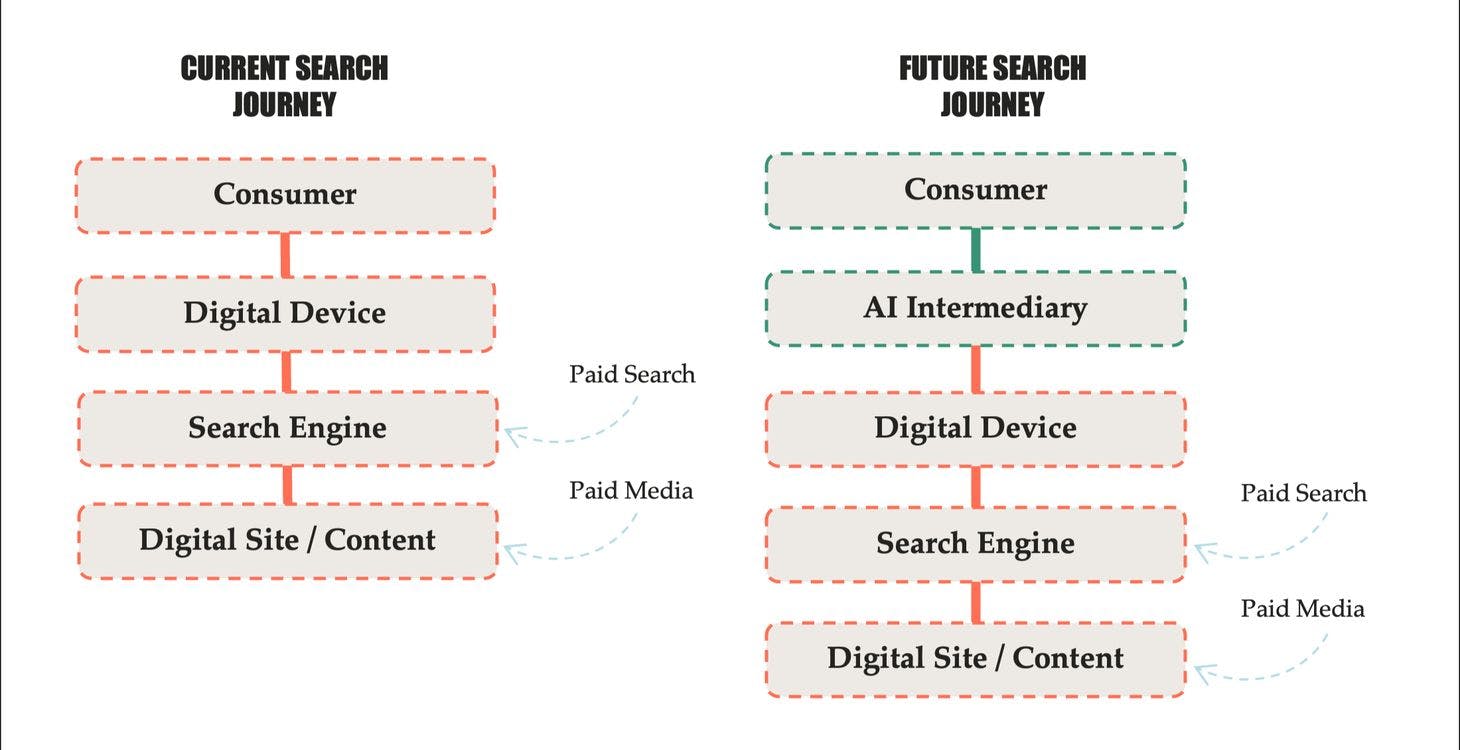Google’s hotly anticipated Artificial Intelligence (AI) Bot ‘Bard’ had a bumpy launch earlier this month when eagle-eyed viewers noticed the bot answering a question incorrectly in a promotional video, wiping $100bn off parent company Alphabet’s market value. Whilst we might not be quite there yet with Artificial General Intelligence, large language modelling has undergone rapid development in recent years.
Crucially, the productising of these models into consumer or retailer-facing tools has demonstrated the extent of this new technology to everyday people. Given this newfound capability set, teams can now leverage this technology to create genuinely value-additive tools in any given sector, as we’ve seen with the incomparable rise of Microsoft-backed OpenAI, ChatGPT.
These tools are having an immediate and significant impact on productivity for individuals across almost any task, but they are also an indication of where we are heading in the near future. These tools showcase the ability of the underlying AI models and so this growth will begin to flow through to enterprise-grade solutions. Specialist tools will be able to leverage these newly advanced generic architectures and train them upon more specific data sets in order to automate mundane tasks to a high degree of efficacy. Not only this, the digital interfaces consumers have become accustomed to for decades now could well change entirely…
Any digital application, whether a spreadsheet or a search engine typically enables a user to utilise the complex functionality in the ‘back-end’ – the space non-developers never need to see - via a series of buttons or GUIs (Graphical User Interfaces) which can be processed in a language the back-end will understand. In recent times these applications have typically advanced in two forms: by improving the power or capabilities of the back-end or by improving the ease with which a user can engage with the back-end functionality.
The move towards an AI future
We will likely begin to see this shift slightly as AI and natural language processing (NLP) combine to provide a more effective engagement interface between user and back-end application.
For instance, Action Transformer tools such as ACT-1 developed by Adept will be able to understand and activate the full back-end potential of a tool like Excel or Google Search whilst also understanding requests from a user in natural language form. This means instead of needing to learn and remember all the necessary formulas required to build a financial analysis table, you could simply import the raw data and prompt the AI to ‘Insert columns showing AOV, CAC, and LTV by region’. The AI would then interpret this request in the context of the raw data and automatically execute accordingly using the buttons and input commands in the same way a human user would previously have done via their keyboard and mouse.
Similarly, you could ask the AI to ‘Find me a dark wood kitchen table for under £1,000 which can be delivered within two weeks’ and it would be able to search and filter on a retail site to find all which apply.

Potential impact on advertisers
If this plays out as expected, it will be transformational for user experience and knowledge requirements, but it could also be transformational for advertisers.
If the discovery stage of the consumer journey is diminished as large parts of the research process are taken on by AI instead, then this renders many existing paid advertising methods obsolete unless those channels evolve. Rather than the end consumer being the target for SEO activities or paid search advertisements, the AI searching on the consumer's behalf will become the target.
Potential Impact on Consumers
For consumers, this could drastically lower the barriers to digital fluency. With the aid of an AI co-pilot that can understand what we are setting out to achieve in natural language as we use a software application, the required knowledge of said application will be much less significant. For some platforms, the impact will be to greatly increase the average user’s ability to utilise a given tool – Excel spreadsheets are the most obvious example of this given the significant power advantage given to users with a deep understanding of its formulas versus the layman. For others, the benefits will primarily come in the form of time and effort savings – asking the AI to apply a number of product filters on an ecommerce website for instance.
Our final thoughts
We are seeing this next iteration of the utilisation of AI language models coming to fruition much sooner than previously predicted. For consumers, this time will represent a clear value add and provide a blessed relief for many technophobes. For businesses, it will be a drastic disruption to existing digital engagement models and so must be tracked closely and understood rapidly to minimise wasted ad spend. There is also a big opportunity to ensure owned digital experiences match the newfound consumer expectations.


